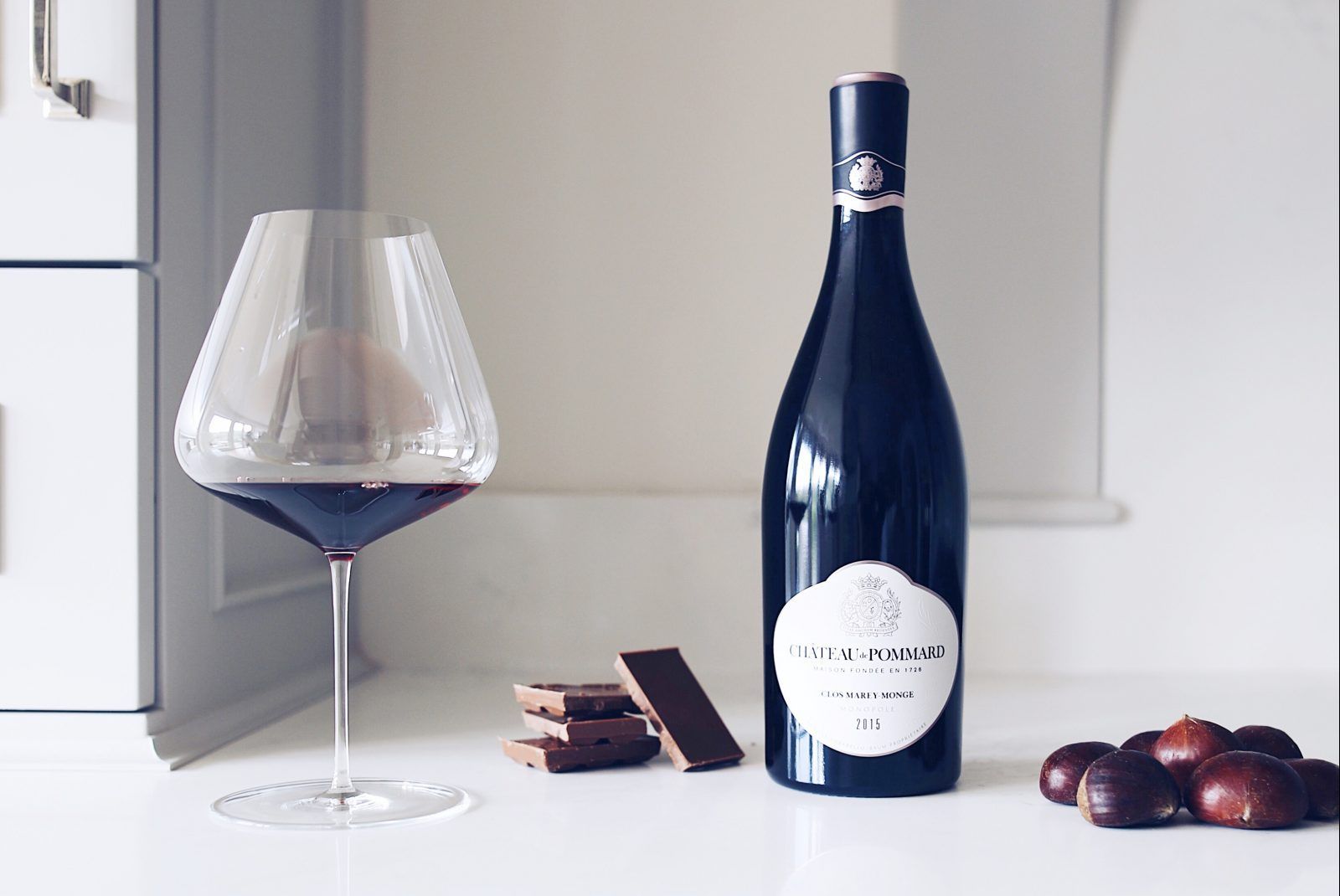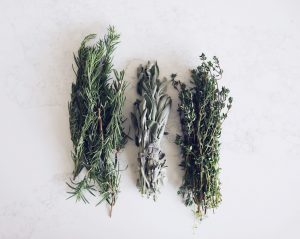
The holidays are upon us and undoubtedly you will be serving wine with food at the table. Pairing food and wine together can be tricky. The wine has an effect on the taste of food and food has an effect on the taste of wine. Whether you’re cooking or you’re bringing a bottle of wine as a guest, knowing what is being served and the pairing basics will help you succeed. The Wine and Spirit Education Trust (WSET), which trains the best wine professionals around the world, dedicates an entire chapter to Food and Wine Pairing in its level 3 certification. Okay, you don’t have time to become a professional, so we’ve summarized the basic principles of food and wine interactions for you here to help you avoid any unpleasant taste combinations, and create an enhanced experience where the food and wine truly compliment each other.
Where to Start?
Everyone’s sensitivities are different and there is no simple answer about what dishes pair perfectly with what wine. Most people, do, however, prefer their wines to taste more fruity, and less bitter or astringent. When you taste food or wine your taste buds adapt to the components you perceive — sugar, salt, acidity etc. The next thing you taste can be significantly altered. We’ll start by examining which components of food and wine alter each other in positive and negative ways.
Wine’s Greatest Enemies
Have you ever felt like your wine was suddenly more astringent, showing less fruity aromas, or even tasted bitter than you had remembered it? Some flavors components present in everyday foods, have adverse effects on the wine. The good news is, that limiting the impact of these adverse effects is possible once you know how to identify them.

Umami
Asparagus, eggs, and mushrooms have one thing in common: they contain a high level of umami. This particular flavor is distinct from other primary tastes – sweet, salty, bitter and sour. It has an astringent effect on the wine which can make it seem more bitter, less rounded and more acidic in the mouth. The aromas of fruit, yet present, seem diminished, just like the sweetness and the body of the wine. White wines grown in oak casks and red wines with low tannins are particularly impacted by umami; Burgundy wines are thus on the front line. To limit these negative effects, you have to rely on friends of the wine, adding a little salt or acidity to the recipe to restore the balance between food and wine.
Sugar
Sugar can also have an adverse effect on wine, increasing the perception of bitterness, astringency, and acidity. The alcohol in the wine can seem more present and hot, while the fruit of the wine can be significantly diminished. Here we must play the sweetness card, combining a very sugary dessert with a sweeter wine. It is no coincidence that chocolate fondant blends so well with sweet wine, and semi-dry sparkling wines are very suitable for fruit pies.
Chilli pepper
Hot chili pepper is also an enemy of the wine. It tends to kill the richness, the sweetness and the fruit of the wine while bringing out its bitterness, acidity, tannins, and alcohol. If you’re serving spicy dishes, a young cabernet sauvignon with high alcohol and tannins will make them even hotter and spicier. Consider pairing these dishes with lighter bodied, lower alcohol wines aged in lighter toasted oak barrels or non-wood aging vessels like concrete, stainless steel or amphora. Sweet and fruity wines cans also soften the effects of spicy foods.
Wine-Friendly Food Components
There are two components in food, Acidity, and Salt that will help you balance your food and wine pairings because they tend to make wines taste softer, less astringent, less bitter, more fruity, sweeter and less acidic.
Acidity
Acidity in food is generally a good thing for pairing with wine. If you have a dish with high levels of acidity the wine you serve may seem flat, flabby and lacking focus. Consider pairing a higher acidic Burgundy Chardonnay with a tomato salad. The higher acidic wine will bring your pairing into balance and enhance the fruitiness of the food and the wine.
Salt
Saltiness is a second wine friendly component in food that can enhance a wine’s fruit character and often soften the wine increasing the perception of body, sweetness, and fruitiness in both the wine and the food. The myth that red wines go with red meats because proteins in the meat bind with the tannins in the wine, can really be explained because of the saltiness in the meat.
Pairings Known to Work
Have you ever stared at your freshly cooked recipe, desperately wondering which wine you could pair it with? When facing one of those situations, a few basic tips can save the day.

Color Pairings
In absolute terms, nothing prevents you from serving white wine with red meat or red wine with fish, as long as the components in the wine and the food work together as we’ve already discussed. Most color pairings like white meats, such as veal and pork, and poultry generally form a balanced match to white wines. The components of acidity and salt work together, and the delicacy of the wines doesn’t overcome the flavors in the white meats. For the same reason duck and beef go hand in hand with red wines. But, don’t neglect seasonings, which can change the harmony of a dish. Ruby red tomato sauces go very well with higher acidic wines. Cream sauces, on the other hand, will pair better with white wines that have undergone malolactic fermentation. A nice Meursault will flatter the greasy texture of the cream.
Flavor Pairings
Wine is so complex that it often displays flavors also present in our foods. Do not hesitate to take advantage of it: flavor pairings work most of the time. Smoked white wines are thus very well suited to smoked fish or white meats cooked on a barbecue. Red wines with game notes are usually paired with meats, while the aromas of cocoa respond well to chocolate desserts. But remember to consider the underlying component matches as well. Flavor pairings can work well, but if the food and wine components (sweet, umami, salts, acidity etc.) don’t work together, the match will be unsuccessful.
Regional Pairings
In the major wine regions of the world, recipes have evolved to adapt to local wines. It isn’t surprising, therefore, that Pinot Noir is particularly suited to beef Bourguignon, while sauerkraut favors Alsatian white wines. In the South of France, dishes seasoned with aromatic herbs blend perfectly with these southern red wines with noses and palettes hinted of scrubland and thyme. Savoy, finally, produces chopped and fresh white wines that balance the cheese of traditional dishes such as raclette or tartiflette.

The Perfect Match
Keep in mind that these are only suggestions, not strict rules. If the structural components of the wine and the dish match, there is no reason to limit the possibilities. Many classic pairings work because the components work together.
- Goat’s cheese and a French Sancerre
- Oysters with Muscadet or Champagne
- Stilton Cheese and Port
- Olives with Manzanilla
But there are many other possibilities. A chef or sommelier’s pairing may not agree with your tastes. Once you understand the components (sweet, umami, salt, acid, bitterness and chili heat) you can experiment and select food dishes and wines that work for your own sensitivities. Over time and with experience tasting, our palates tend to refine. Food and wine pairings get more precise and more personal. After all, only one rule should prevail: respect the balance.